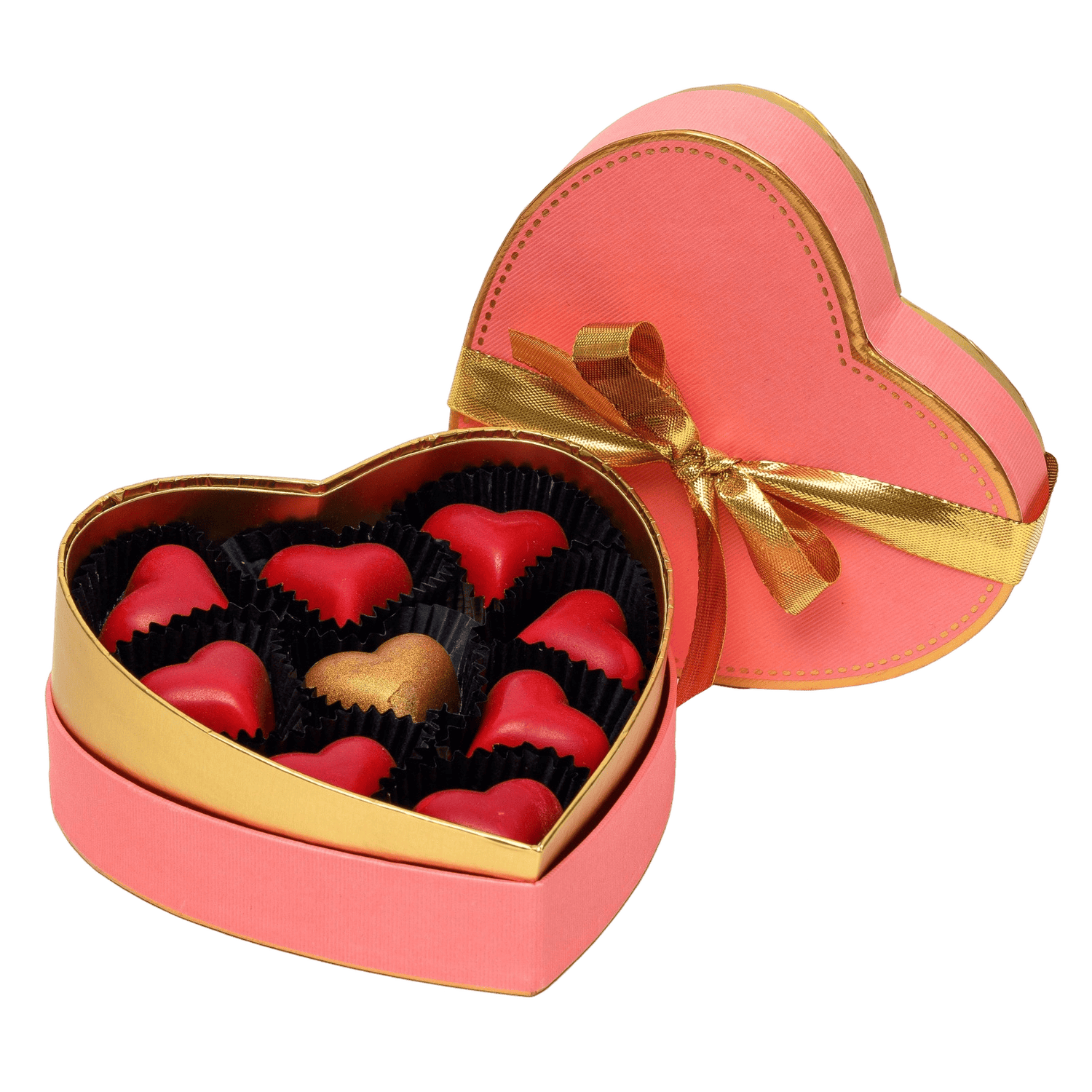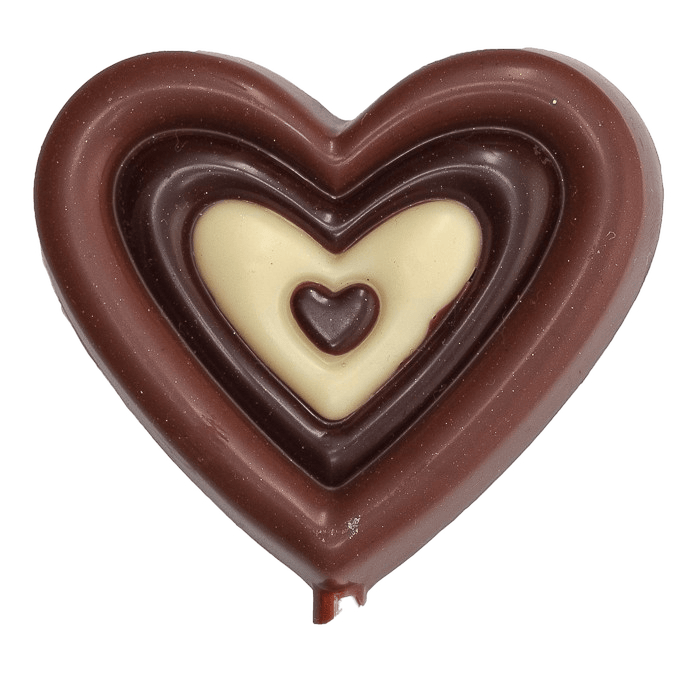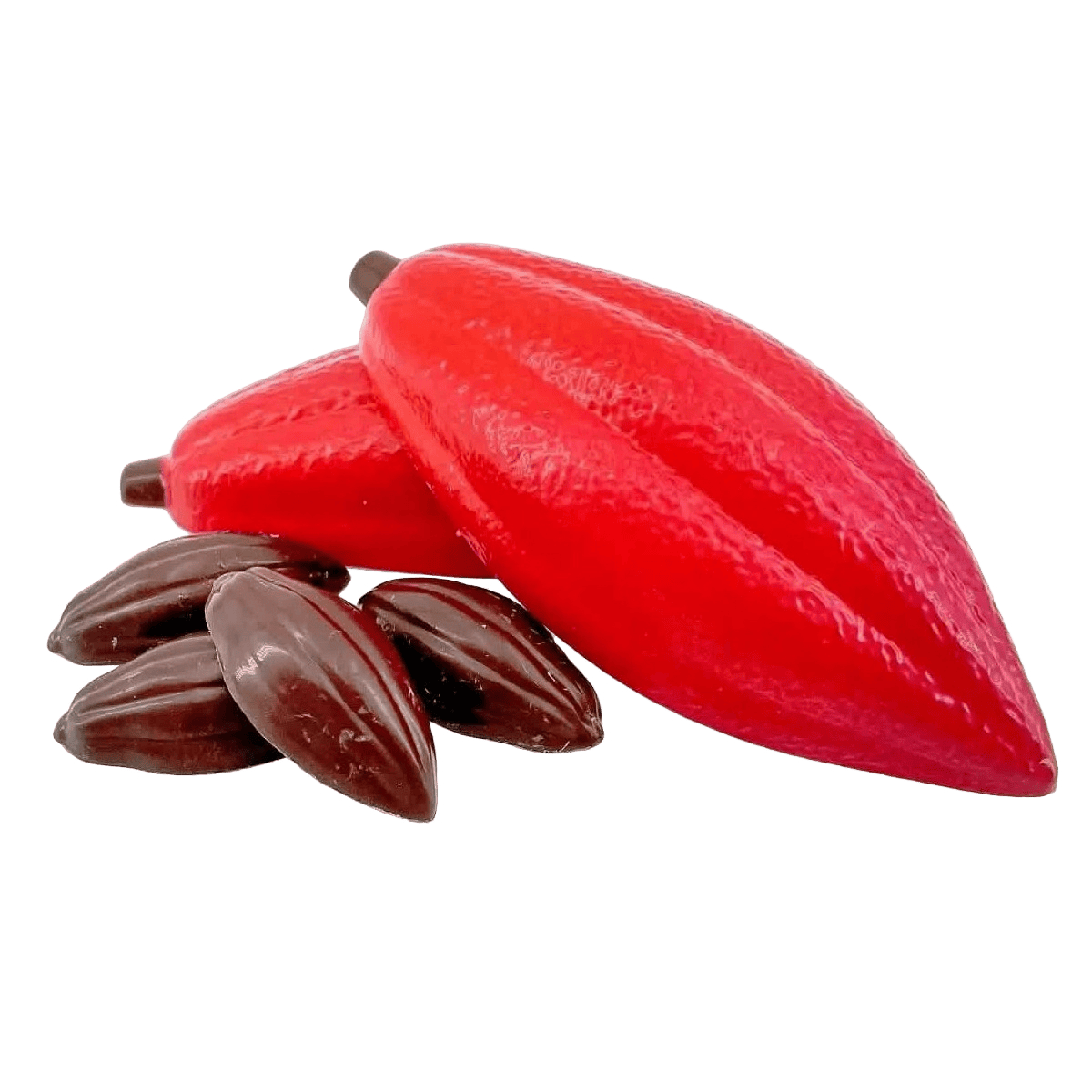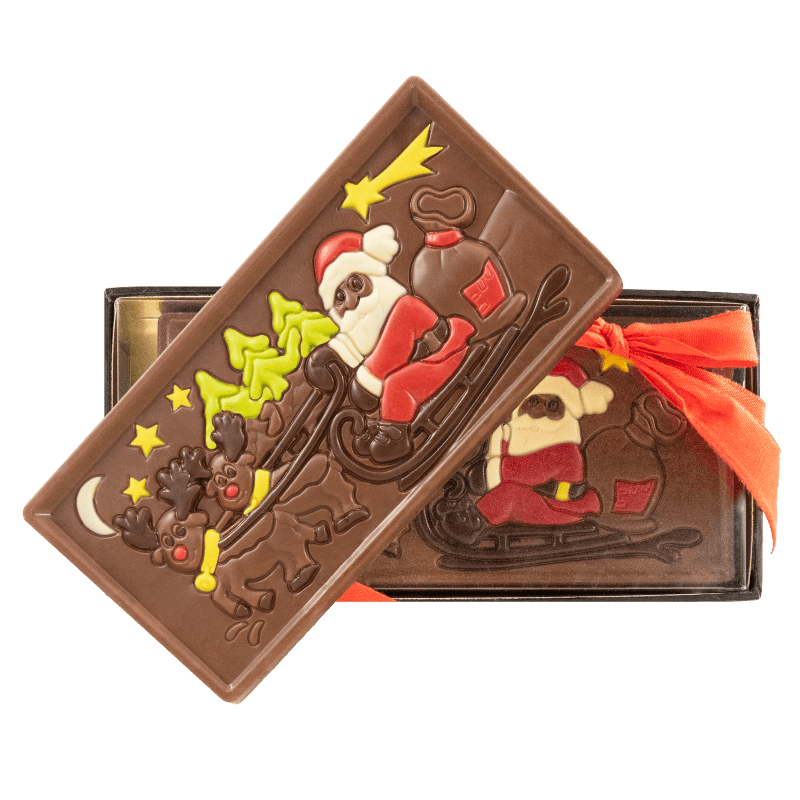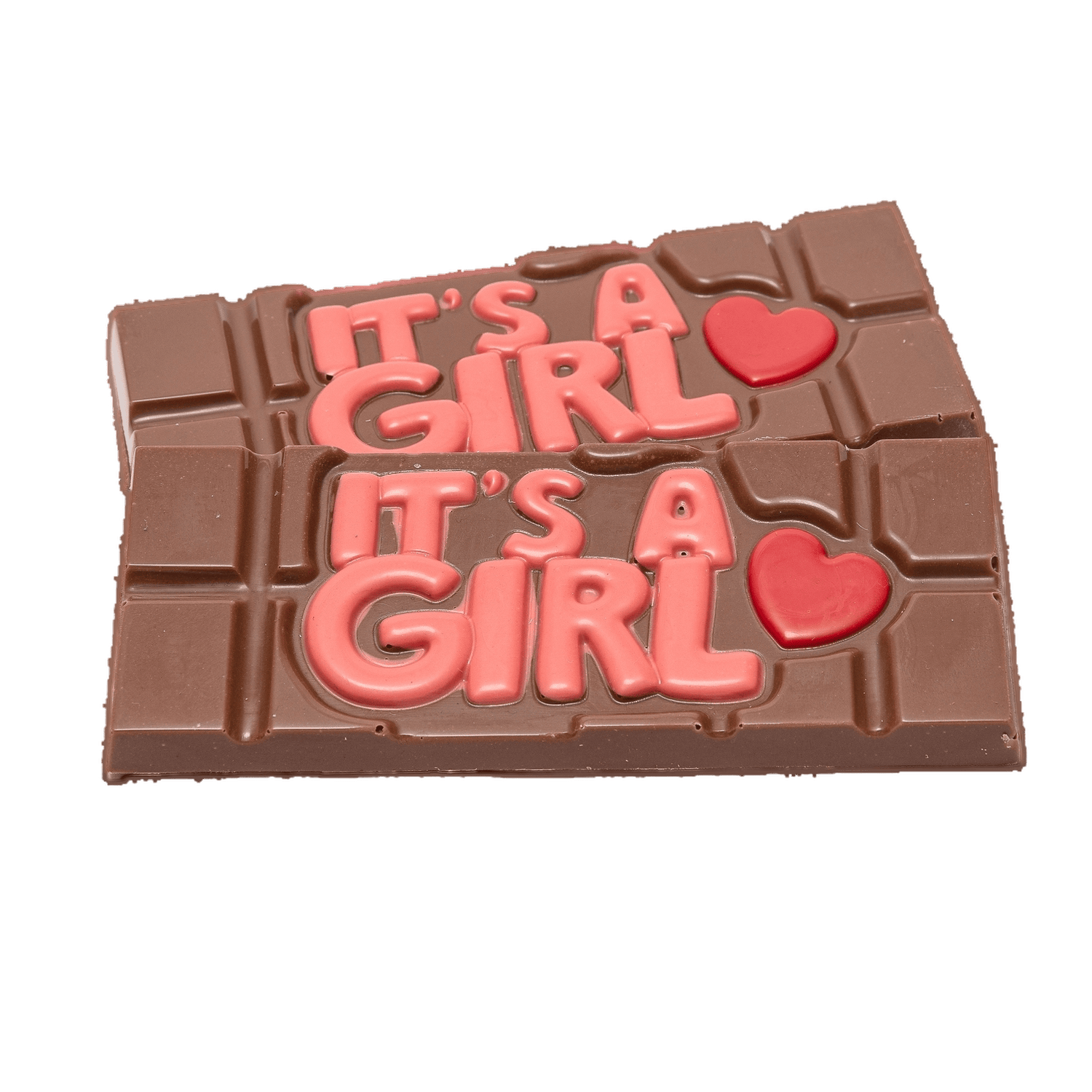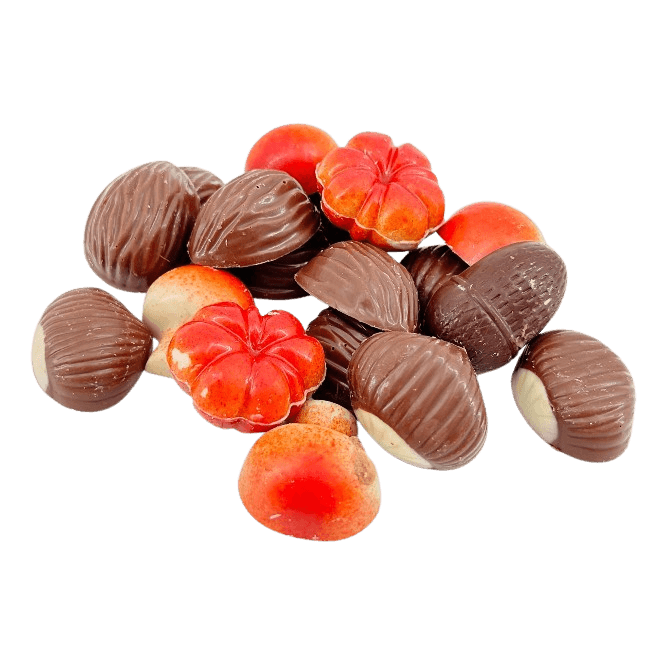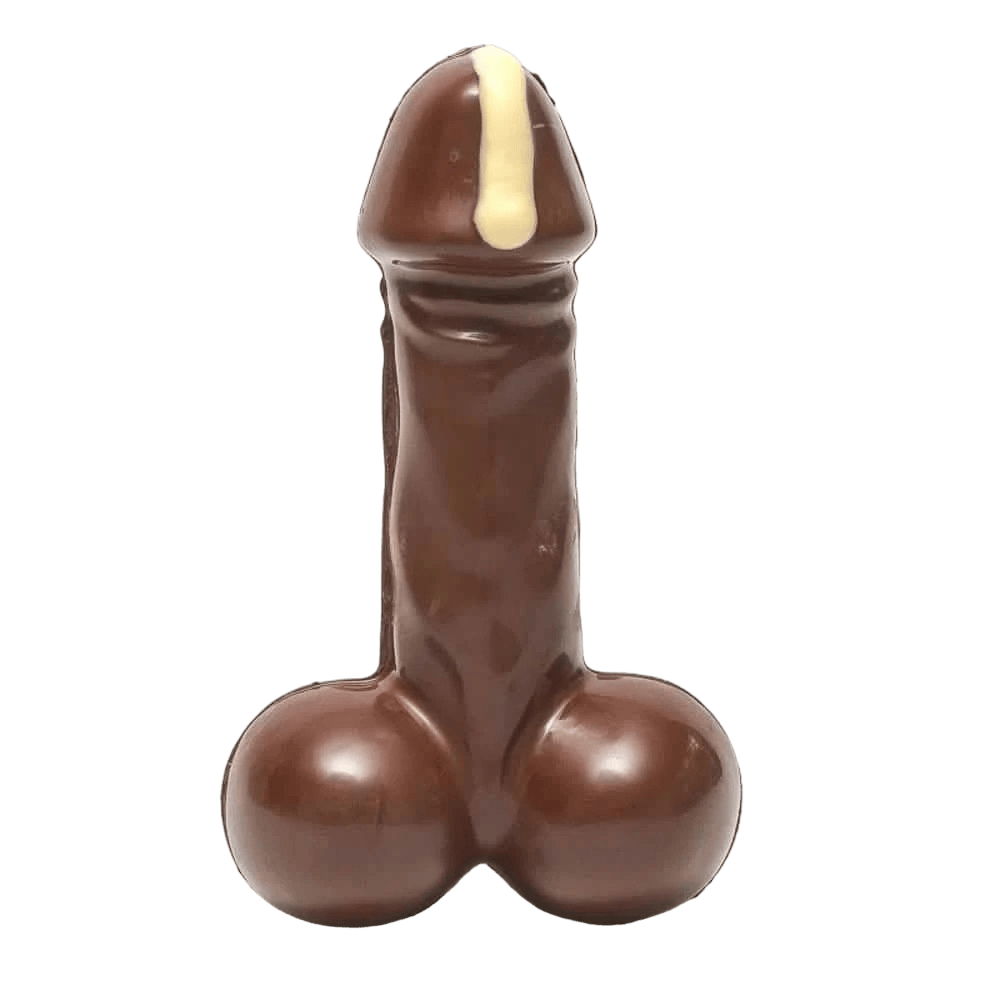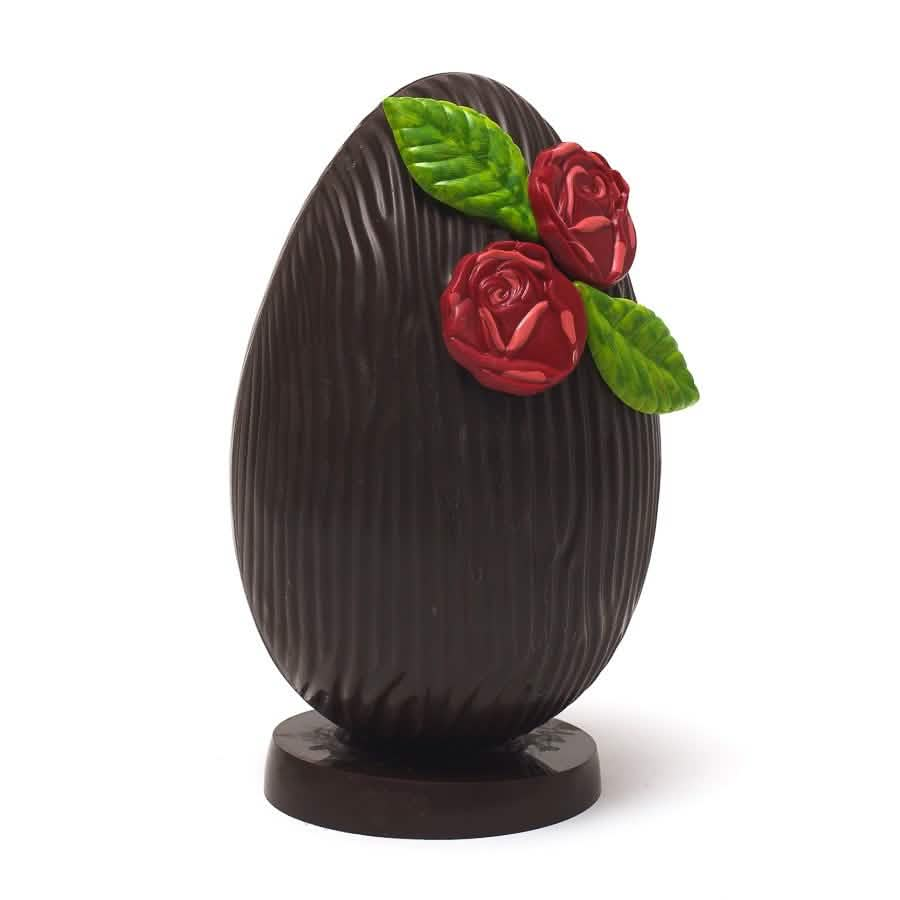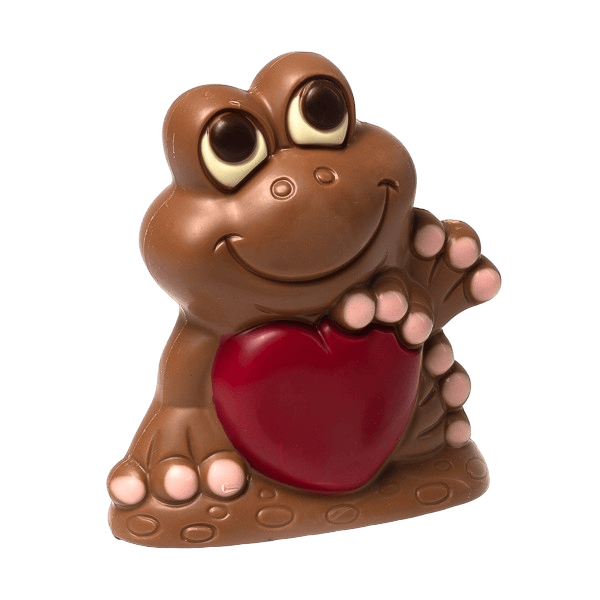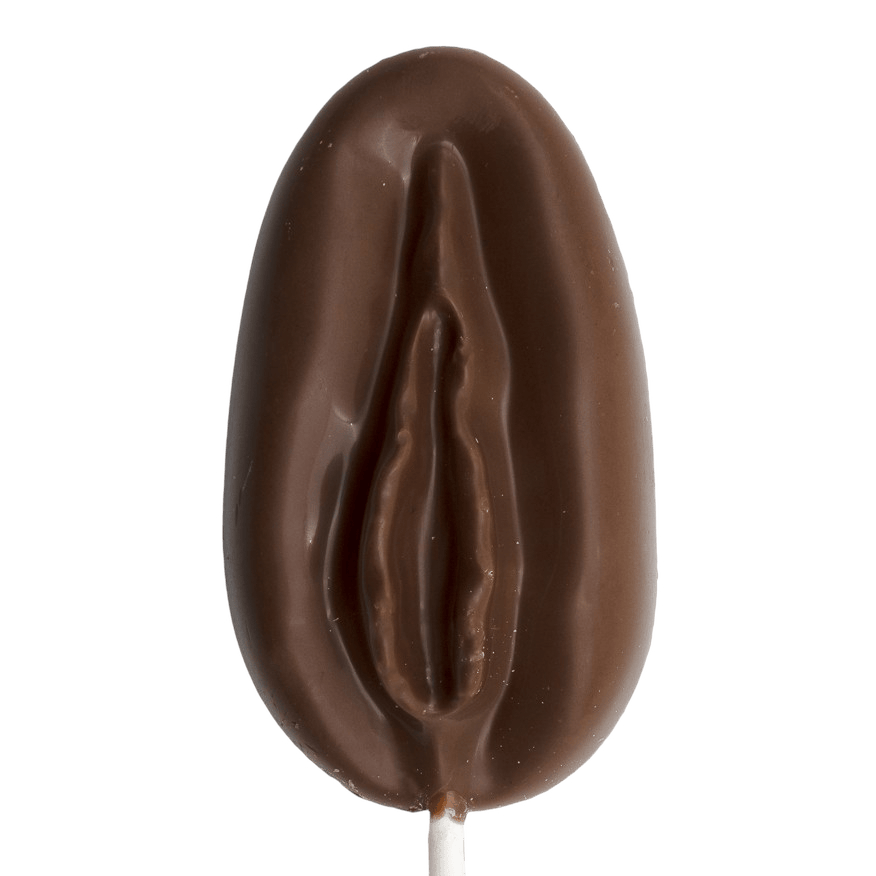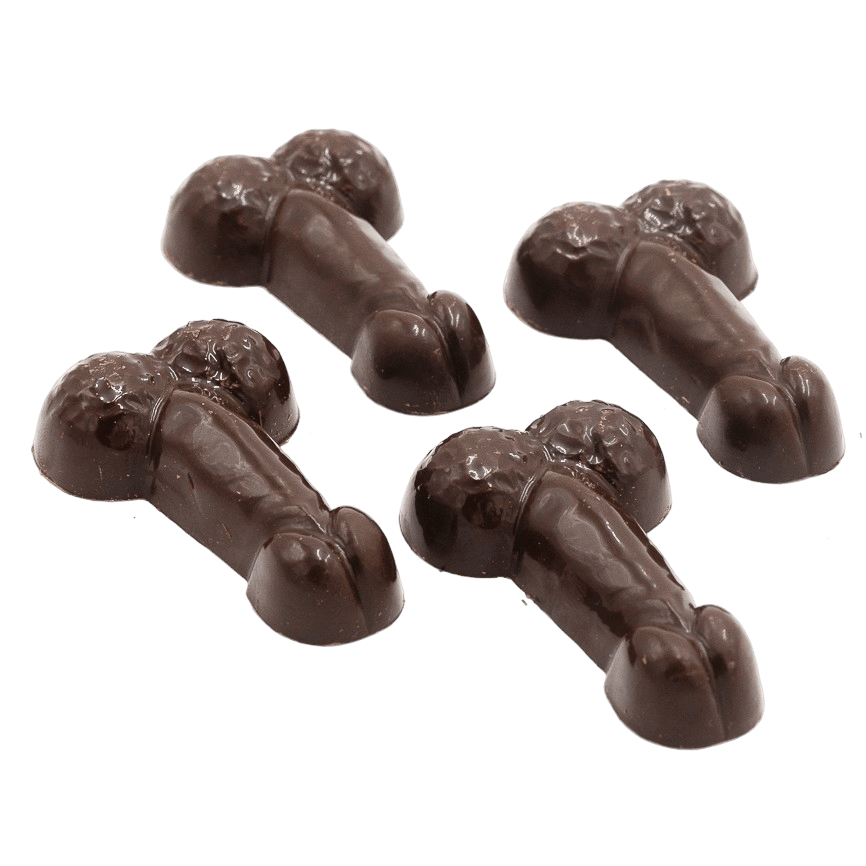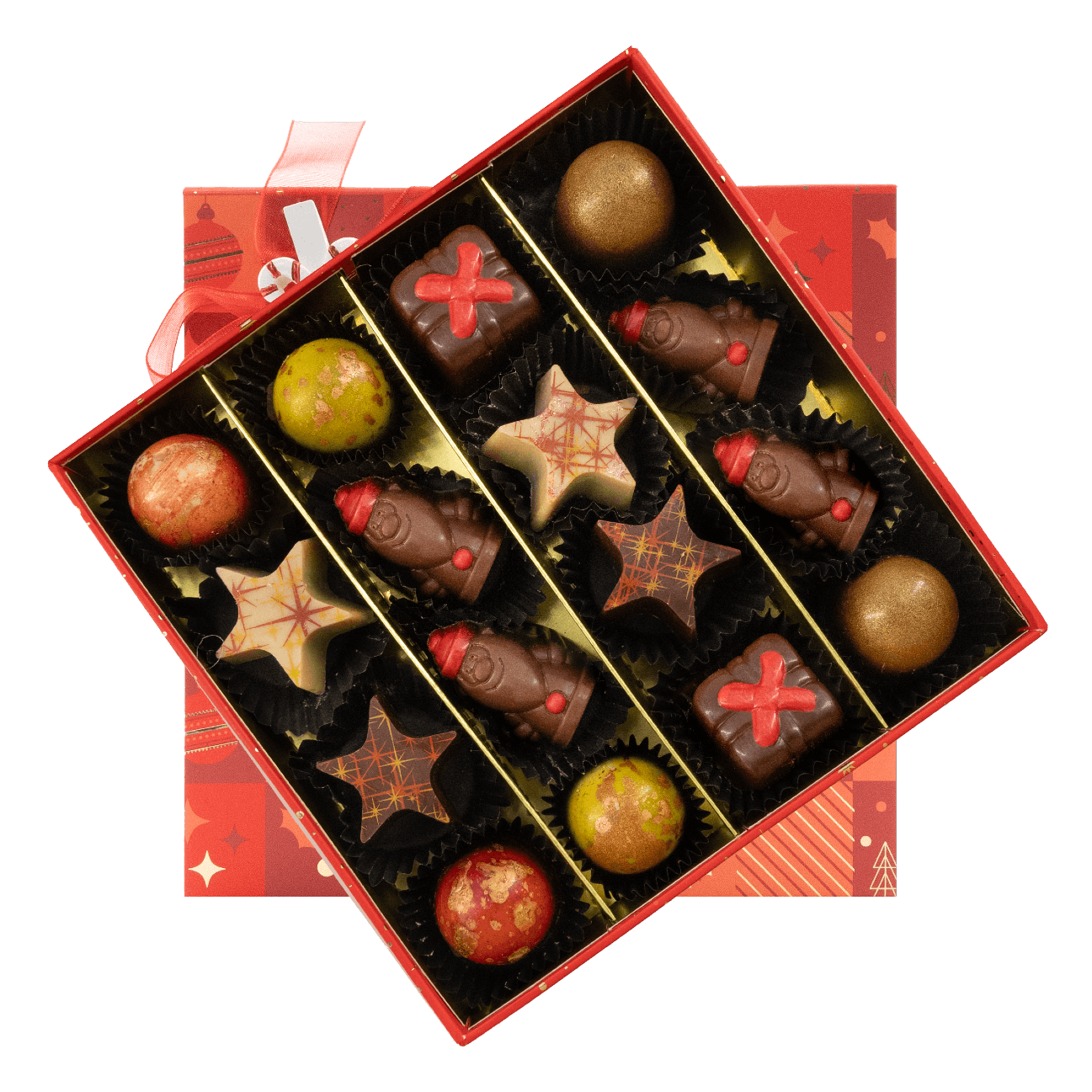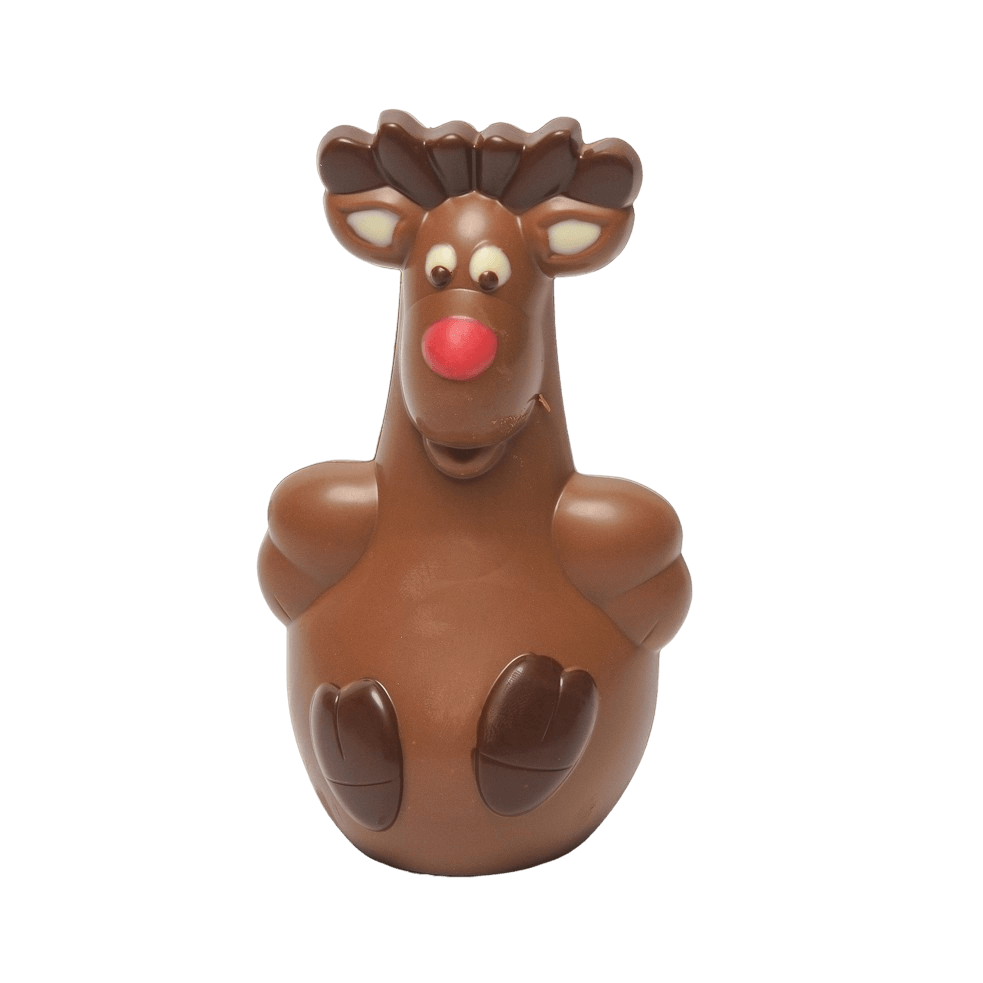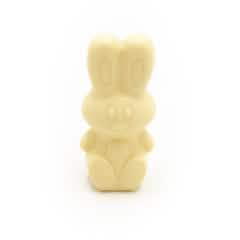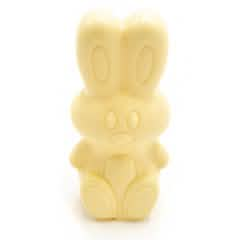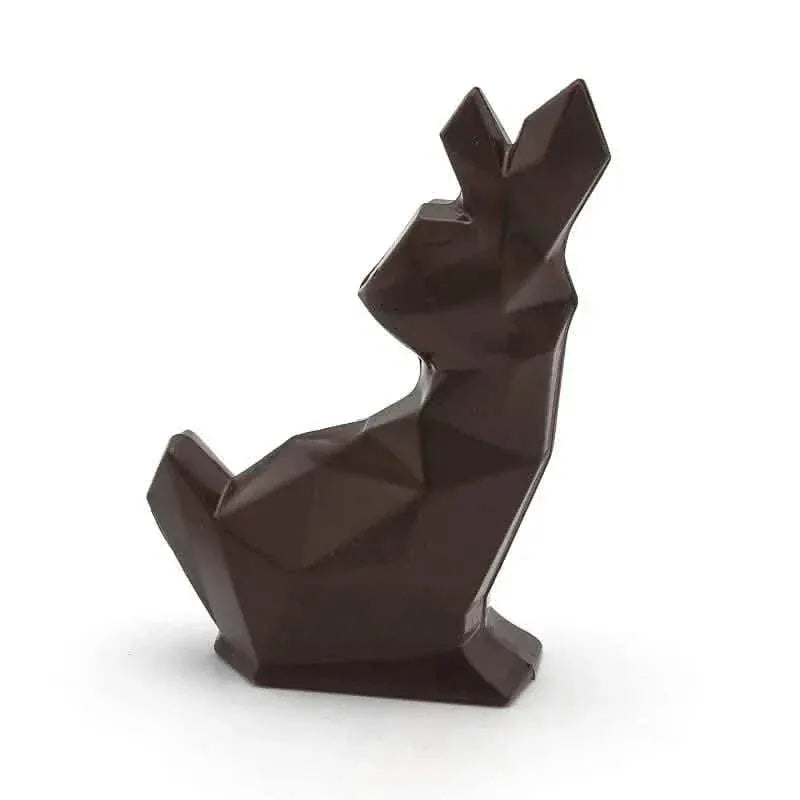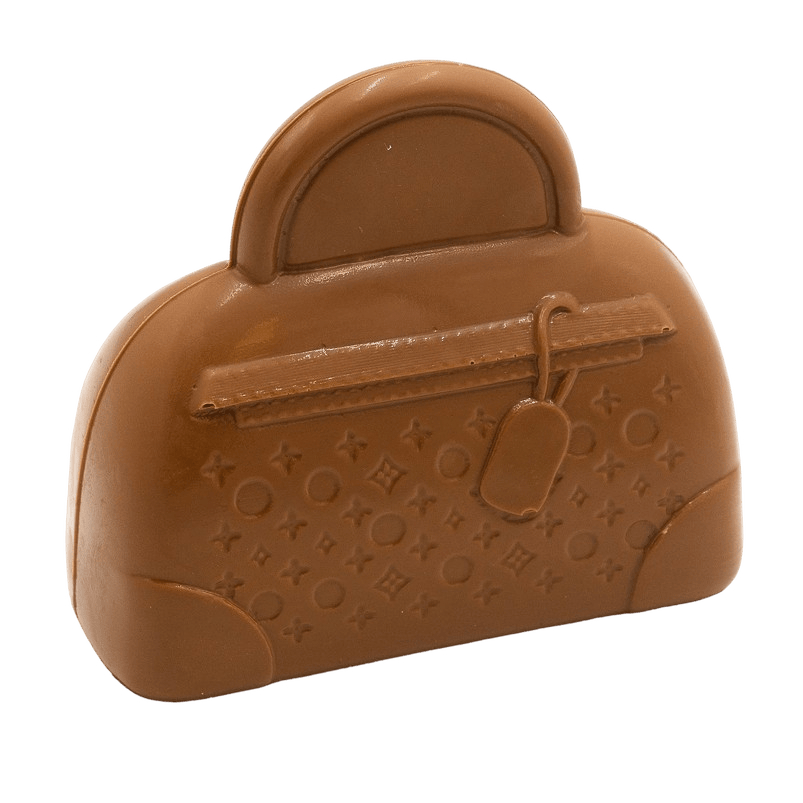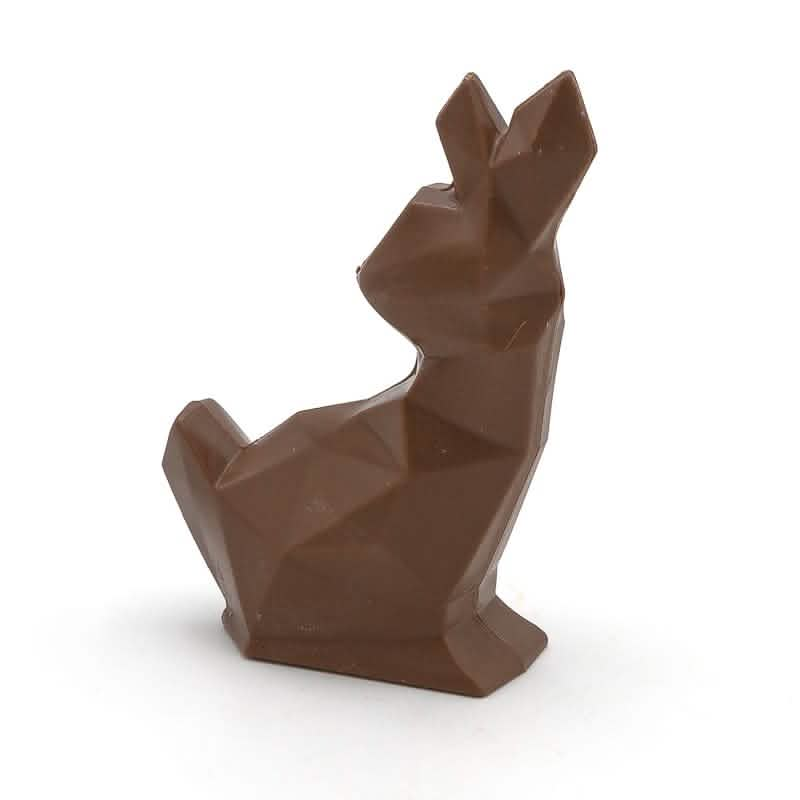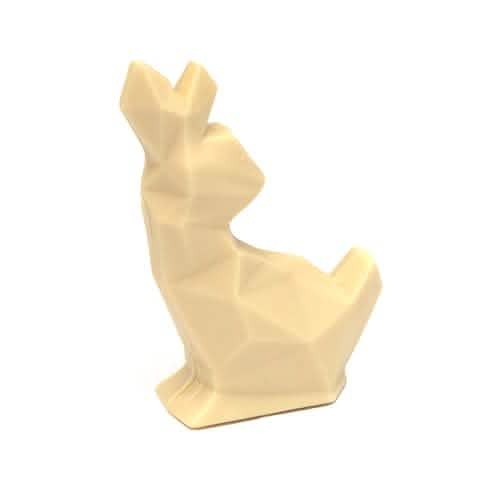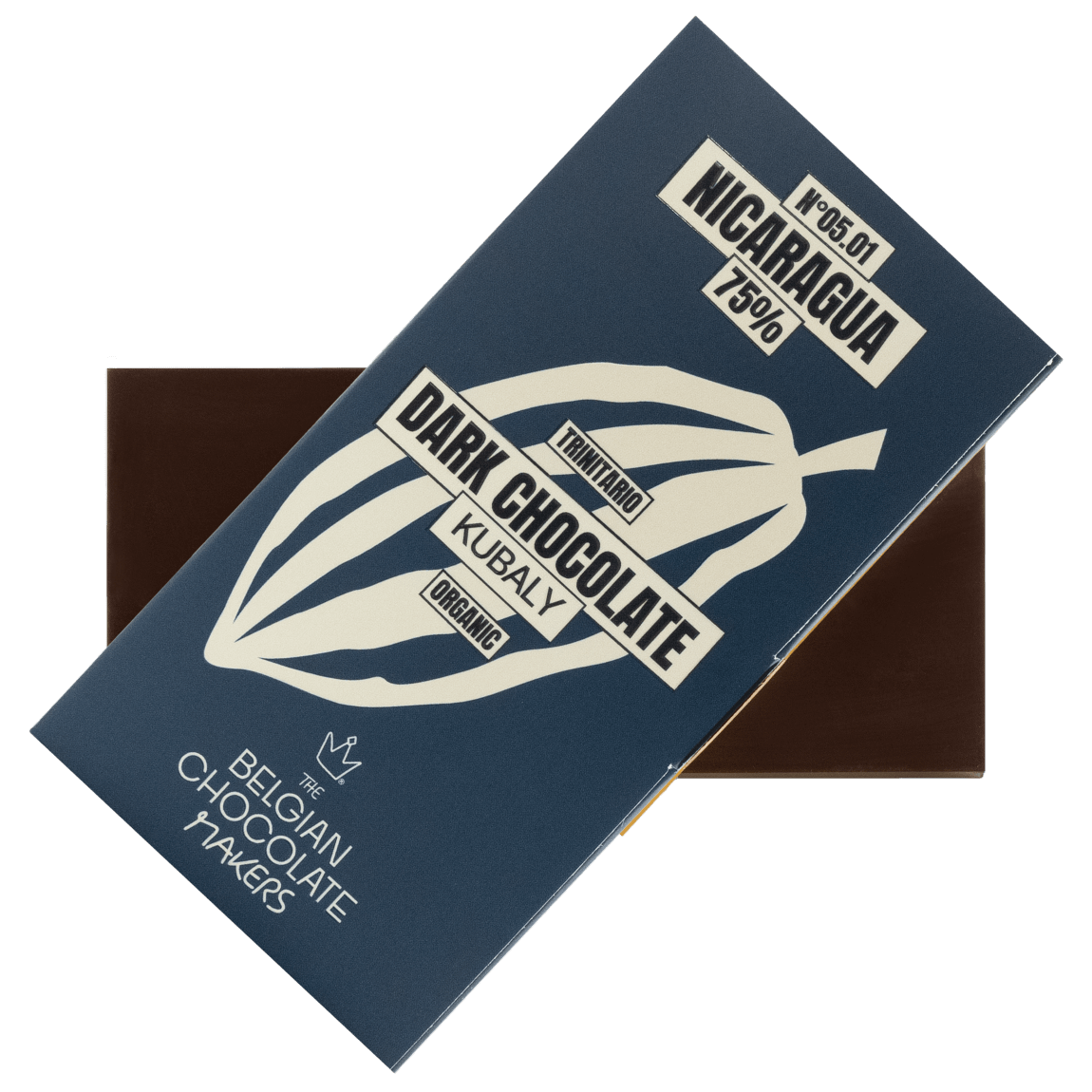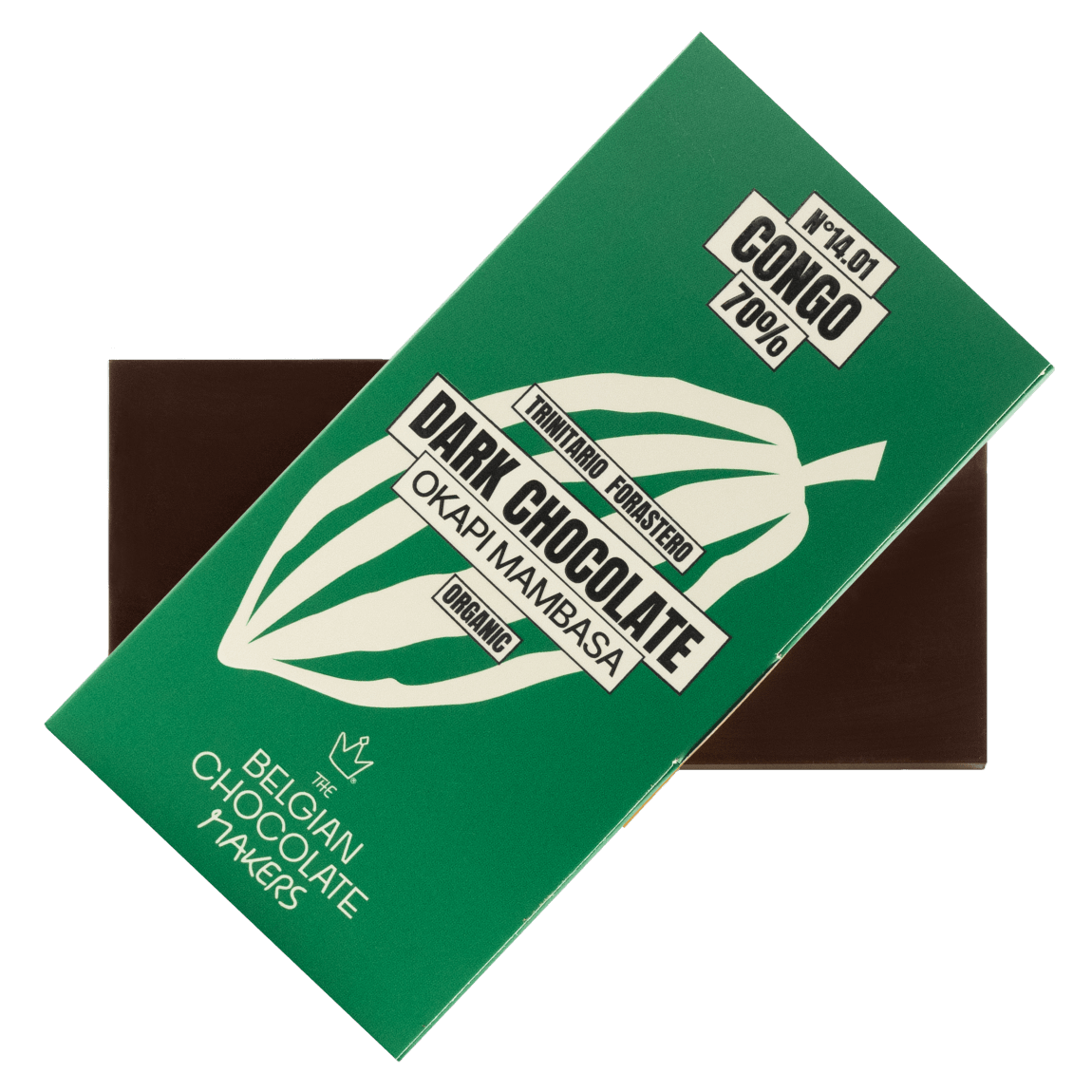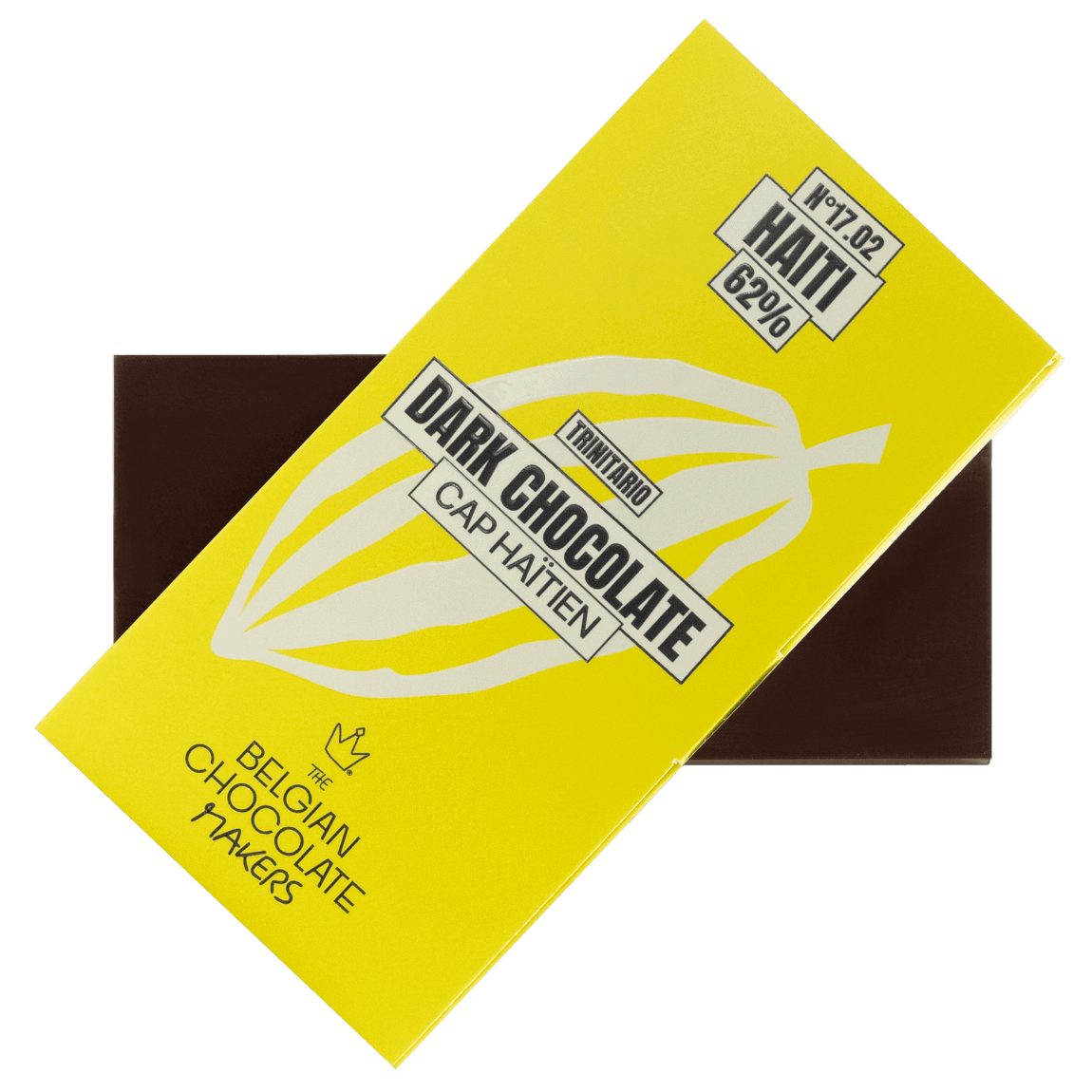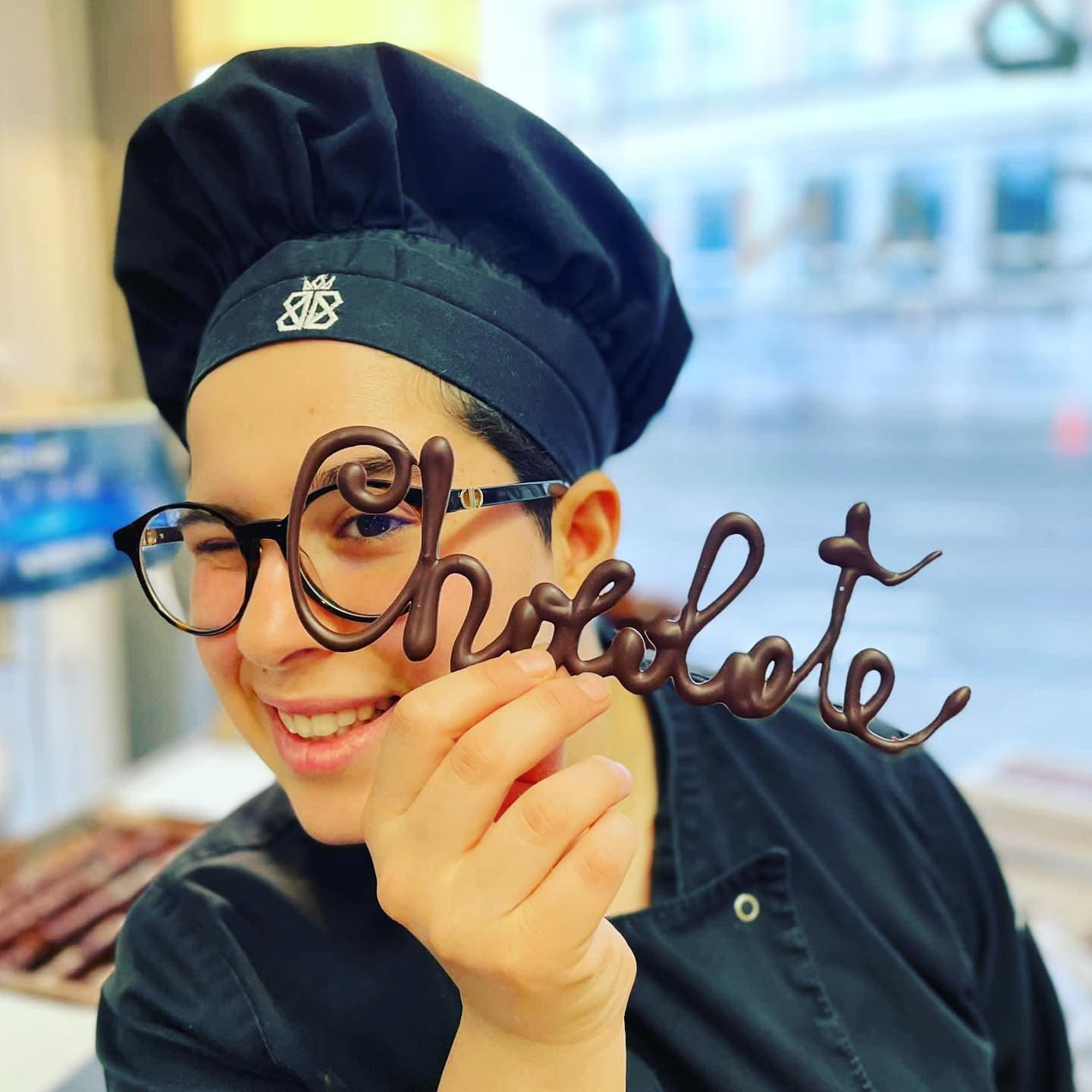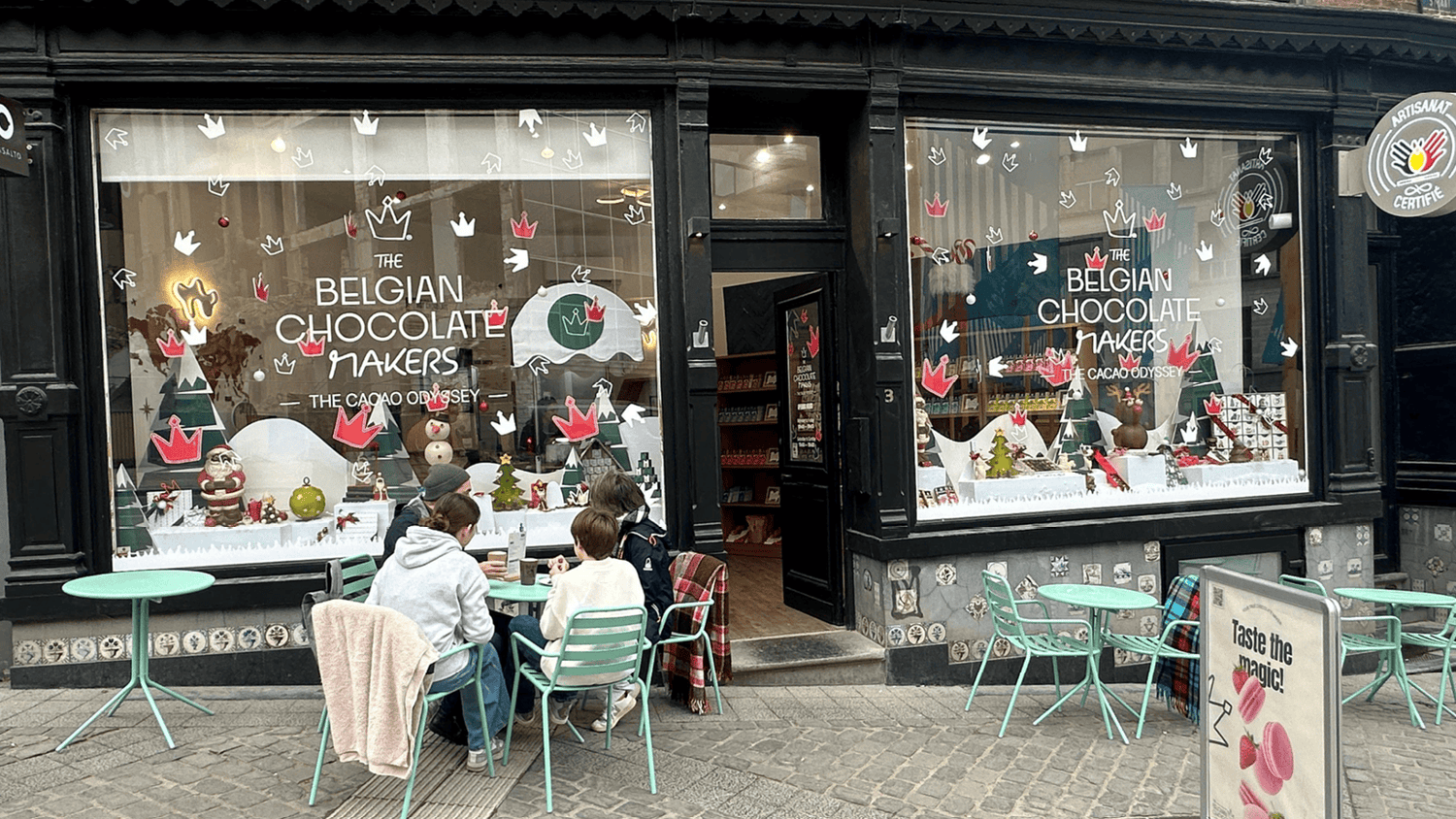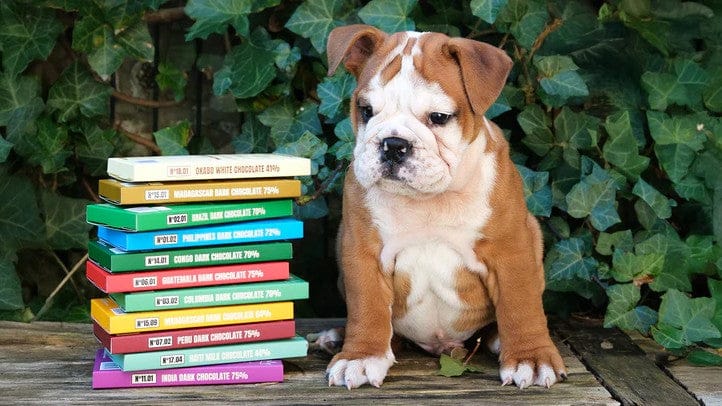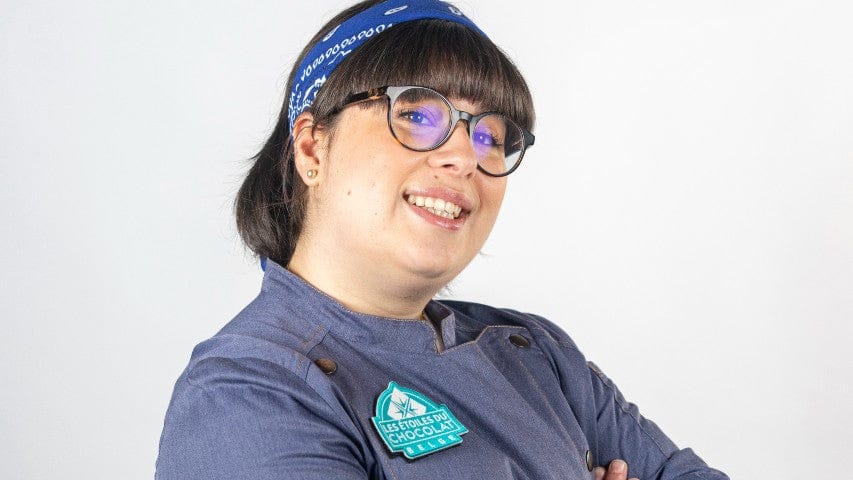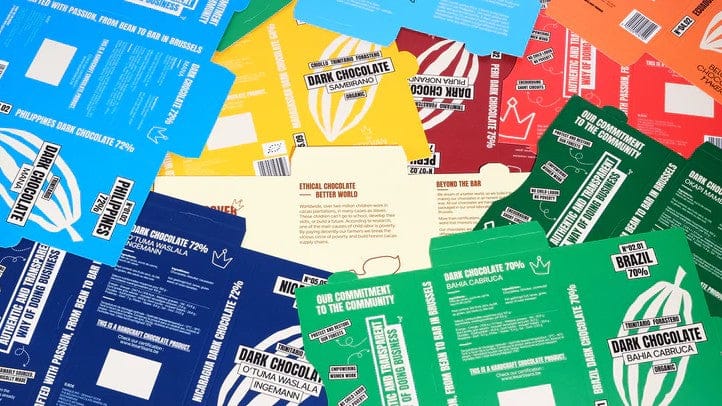Search for “ruby chocolate”
25 results
FilterPink heart box of 9 Belgian pralines 135g
Three chocolates heart lollipop 20g
White chocolate cacao pod with pralines 100g
Milk chocolate Santa on a sledge bar 105g
Milk chocolate messaging bar 45g “IT'S A GIRL”
Autumn fruits in chocolate
Milk chocolate red heart lollipop 25g
Dark chocolate chocodick 220g
Dark chocolate Santa on a sledge bar 105g
Butterfly egg (dark) with 8 eggs 380 Grs
Milk chocolate Kitty 220g
Milk chocolate red heart frog 170g
Milk chocolate playful female treat 30g
Dark chocolate naughty caramel treat 190g
Christmas 16 pralines box ho-ho-ho 240g
Luxury dark chocolate bag 250g
Milk chocolate Rudolph 80g
Rabbit white 45 Grs
Cool rabbit (white) 170 Grs
Rabbit white 150 Grs
Diamond rabbit (dark) 45 Grs
Luxury milk chocolate bag 250g
Diamond rabbit (milk) 45 Grs
Diamond rabbit (white) 45 Grs
honest cacao
Sourced and traceable
In close collaboration with our trusted importer, Silva Cacao, we have curated more than twelve outstanding cacao origins to create a unique collection of chocolate bars, each crafted with 75% cacao content. While they share the same percentage, every bar reveals a distinct flavor profile shaped by its origin.
Chocolate bar origin Mexico Soconusco Chamulapita 75%
Chocolate bar origin Nicaragua Kubaly 75%
Chocolate bar origin Congo Okapi Mambasa 70%
Chocolate bar origin Haïti Cap Haïtien 62%
Chocolate bar origin Brazil Bahia Cabruca 70%

Ethical and Handcrafted
A traceable chocolate from bean to bar
During our several journeys through Brazil and Colombia, we had the privilege of working directly on cacao plantations alongside the producers themselves. Immersed in the lush, vibrant nature of these regions, we experienced what can only be described as love at first sight with cacao. That encounter changed everything.

